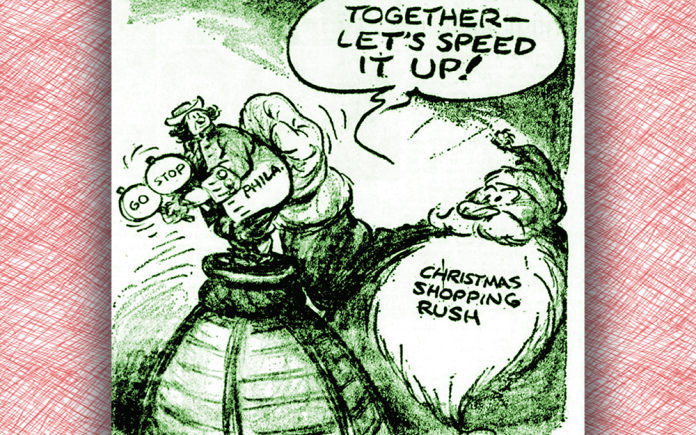
By Haddon Libby
Two in five Americans plan on shopping Black Friday and Cyber Monday sales, down 5.7% from last year, according to Finder.com, a fintech firm. Despite roughly 8 million fewer shoppers at 132 million, spending is expected to be up. Adobe Analytics expects spending to be 3-4% higher in physical stores and nearly 6% with online retailers.
Spending started early this year with many holiday discounts starting in October. As an example, discounts on Apparel were minimal in 2021 at 2% and 5% in 2022 before doubling to 9% last month. The biggest discounts were on Computers (13%), Electronics (12%), and Apparel (9%). Furniture and Toys had the smallest discounts at 5%.
57% of women and 44% of men state that they intend on shopping over the Black Friday/Cyber Monday weekend. Women expect to spend $382 while men spend $565. Nearly 7 in 10 Gen Z’ers expect to shop. 64% of Gen Y and 42% of Gen X expect to shop while Baby Boomers say ‘bah humbug’ with only 3 in 10 shopping.
People living in Northeastern states expect to shop the most at 54% with spending at $547. Here in the West, 49% expect to shop and spend $4 less than northeasterners. The Midwest is expected to spend $393 and $413 in the South with half of folks in these regions planning on shopping. These opinions by shoppers suggest higher participation than Finder.com estimates.
Consulting company Deloitte has data that suggests that people are spending less time shopping for the holidays. Before COVID, people would shop over a 7 to 8 week period beginning around Halloween. This year, Deloitte estimates that the shopping period will be 6 weeks. Late shopping is expected to be larger than usual as Christmas falls on a Monday this year. This gives procrastinators the weekend before the holiday to complete their shopping needs.
Mastercard states that electronics are expected to be the top pick this season with a 6% increase in spending. The iPhone 15 and Call of Duty: Modern Warfare III amongst the most popular gifts.
Ever wonder where the shopping term “Black Friday” came from?
About 55 years ago in Philadelphia, the police and others began using the term to explain the chaos caused by the first shopping day after Thanksgiving. Shoplifting and parking tickets would increase as suburban shoppers entered the city en masse to take advantage of holiday sales. Stores tried to change the negative connotations of “Black Friday” by calling it “Big Friday”. The rebranding did not take. Another attempt was made in the early 1980s when retailers used the term as an explanation of the importance of holiday shopping to their bottom lines.
The first use of the term “Black Friday” goes back to 1951 when industry journal, “Factory Management and Maintenance” began using the term to explain a sharp risk in sick days on the day after Thanksgiving as workers wanted a four-day weekend.
Wales refers to Black Friday as ‘Dydd Gwener y Gwario Gwiron’ or Silly Spending Day. Romania has adopted this US tradition but holds their Black Friday two weeks earlier as our Thanksgiving is not celebrated in Romania. Many other countries have begun recognizing their own versions of Black Friday as this helps merchants drive increased sales volumes.
Saudi Arabia celebrates “White Friday” from November 22-29. This variation on Black Friday started about a decade ago when Souq.com (now Amazon) launched a week of discounted prices.
Here in California, most state workers get Black Friday off. Some get the day off due to 4-day work weeks while others receive it as a paid four-day holiday.
Haddon Libby is the Founder and Chief Investment Officer of Winslow Drake Investment Management, a locally based Registered Investment Advisor (RIA). For more information on our services or to schedule a meeting, please visit www.WinslowDrake.com.










































